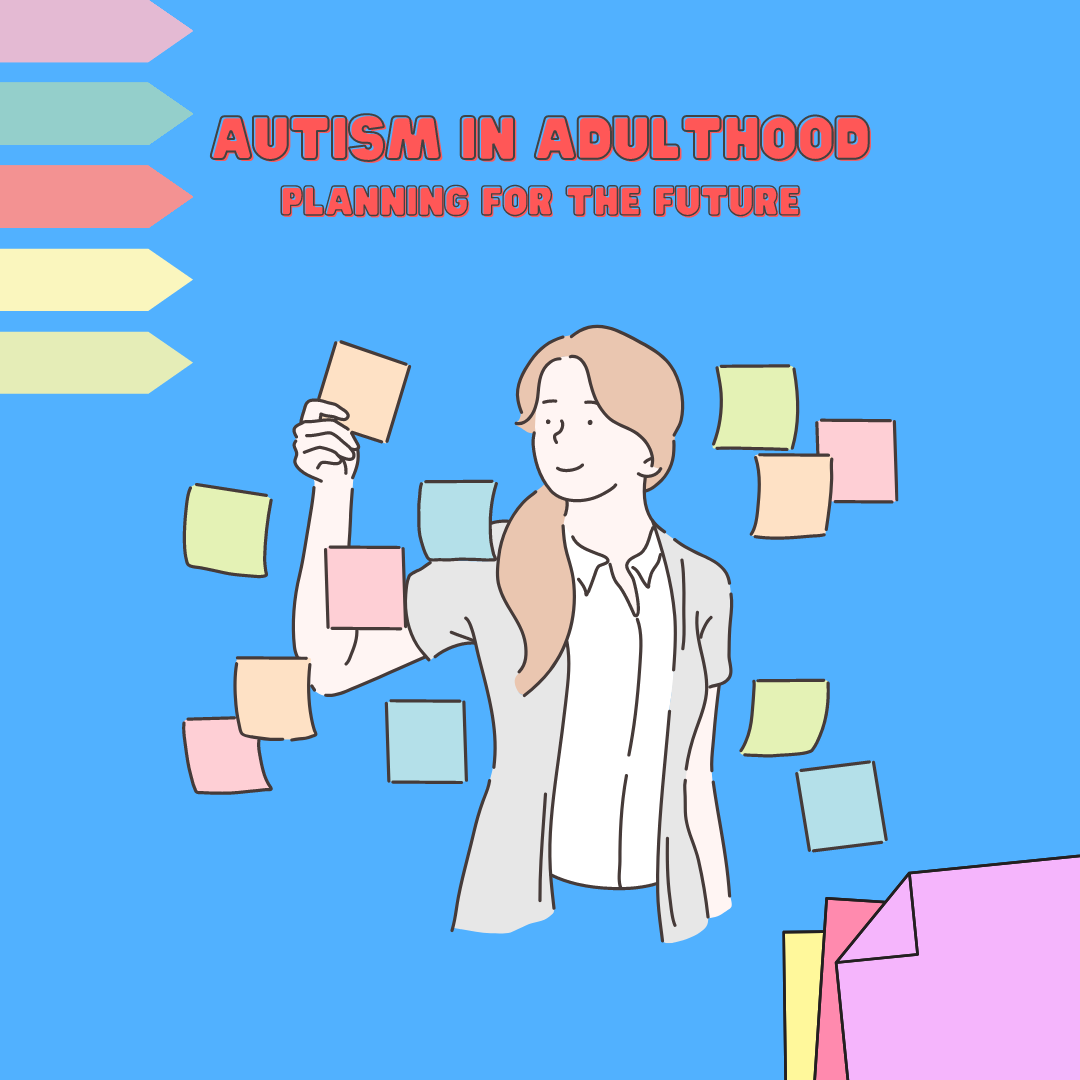Autism isn’t just a childhood topic. It persists throughout life, and as autistic individuals grow into adulthood, unique challenges and opportunities arise. To navigate this next chapter of life, careful planning, knowledge, and support are crucial.
Understanding Autism in Adulthood
Autism, with its vast spectrum, is far from a one-size-fits-all experience. As individuals mature, the differences become even more pronounced. Like neurotypical adults, those with autism want to find purpose, happiness, and independence in their lives.
Embracing Neurodiversity: As society becomes more inclusive, understanding that those with autism have different skills and perspectives becomes paramount. This acceptance paves the way for them to carve out their own niche in the world.
Focus on Individual Strengths and Interests
Everyone wants to be seen, to be acknowledged for their strengths rather than their 'limitations'. Those with autism are no different. Every autistic individual is different. Some may have outstanding analytical skills, while others might excel in art or be deeply empathetic. These strengths can be harnessed for career paths, hobbies, or community roles.
-
Deep Dive into Passion: Often, autistic individuals have a profound affinity for certain subjects or activities. This passion can be an anchor, grounding them amidst life's turbulence.
-
Skill Magnification: Their innate focus can make them experts in their chosen fields. By nurturing these areas, they can not only find personal fulfillment but also contribute uniquely to society.
-
Self-Reflection: Encourage yourself or your loved one to explore their strengths and passions. What makes them happy? What activities do they excel in?
-
Skill Development: Once a potential interest or strength is identified, look for opportunities to nurture it. This could be in the form of classes, workshops, or mentorships.
The Big Transition: From Youth to Adulthood
Imagine feeling like you’re on the brink of a vast ocean, waves unpredictable and daunting. That's the transition for many. For autistic individuals, it can be especially challenging due to changes in routine and the need to navigate new social landscapes.
-
Step-by-Step Transition: Shifting sands can be unsettling. A gradual transition, introducing new elements one by one, can make the change less overwhelming.
-
Heart-to-Heart Conversations: It's about feeling the weight of their fears, sharing in their excitement, and jointly crafting a vision for the future.
-
Role-Playing as Preparation: This is more than just practice. It's about building confidence, about feeling secure in their ability to handle what life tosses their way.
Planning for a Bright Future
Dreams are universal, but the path to them isn't. For those with autism, the journey might require a touch more introspection and preparation.
-
Tailored Education: This isn't about fitting into traditional molds. It's about finding or creating educational environments that resonate with their unique frequency.
-
Guided Career Exploration: A job isn't just a job. It's an expression of oneself, a place to belong. Finding such a match requires careful guidance and exploration.
-
Life Skills with a Twist: Independent living skills, when taught empathetically, considering their unique challenges, can be empowering.
-
Building Bridges: A community, mentors, and friends who truly 'get it' can make all the difference.
Potential Challenges and What to Look Out For
Life isn't without its shadows. Recognizing potential challenges is the first step in crafting a shield against them.
-
Mental Health Tangles: Feelings run deep. From the overwhelm of a crowded room to the anxiety of a changed routine, mental health challenges can manifest in myriad ways. Regular check-ins and professional help can mitigate these challenges.
-
Balancing Independence and Support: The dance between wanting to soar independently and needing a hand to hold can be delicate. While striving for independence is crucial, it's also essential to recognize when to seek support.
-
Battling Loneliness: As peers move on to different life stages, there's a risk of feeling left behind or isolated. It's essential to cultivate a sense of community and belonging.
Using Strengths to Carve a Path
Remember, a life path is not one-size-fits-all. The journey of life is a personal one, sculpted by individual experiences, strengths, and dreams.
-
Workplaces that Celebrate Differences: There are places that don’t just accommodate, but celebrate neurodiversity. Finding such sanctuaries can be transformative.
-
Championing One’s Own Cause: Empowering them to voice their needs, desires, and boundaries is pivotal.
-
Community Echoes: Whether it's a club, a workshop, or a community group, finding kindred spirits can amplify their strengths and passions.
In conclusion, planning for the future when you or a loved one has autism doesn’t need to be a daunting task. With the right support, knowledge, and focus on individual strengths, a fulfilling and independent adult life is within reach. And always remember: autism isn’t a barrier; it’s just a different way of seeing the world.

